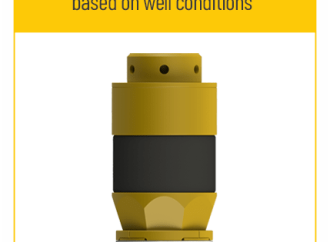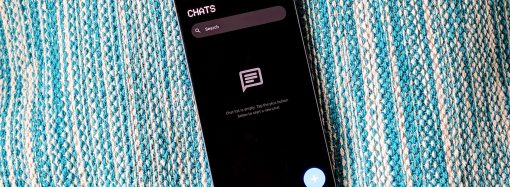Introduction Fashion is changing. Not just in look, but in function. Welcome to the world of smart clothing garments that do more than cover your body. They track your health, respond to movement, and even change style on command. In 2025, we are seeing clothes that monitor your heart rate, track posture, and adapt to
Introduction
Fashion is changing. Not just in look, but in function. Welcome to the world of smart clothing garments that do more than cover your body. They track your health, respond to movement, and even change style on command. In 2025, we are seeing clothes that monitor your heart rate, track posture, and adapt to temperature. They blend technology with everyday wear in ways that were once only seen in science fiction.
Whether you’re a fitness lover, a tech enthusiast, or simply health-conscious, wearable smart fashion offers a new way to stay informed and stylish. This article explores how smart clothing is reshaping wellness and fashion. We’ll look at features, benefits, and what the future holds for these intelligent fabrics.
What Is Smart Clothing?

Image by: Yandex.com
Smart clothing is wearable technology built into your everyday garments. These high-tech clothes are embedded with sensors, conductive threads, or Bluetooth-enabled modules. They can collect data like heart rate, breathing rate, temperature, movement, and more.
Unlike regular wearables like watches or bands, smart clothing offers more accurate data because it touches more parts of the body. It combines comfort with real-time tracking. The goal? To offer health insights, posture correction, training support, or even mental wellness all without changing your routine.
Why Smart Clothing Matters in 2025
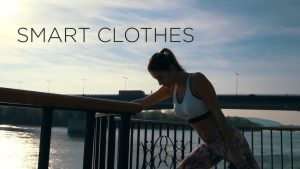
Image by: Yandex.com
With more people focused on wellness and performance, smart clothing has become a major innovation. People now want tools that help them stay fit, feel better, and look stylish all at once.
In 2025, smart clothes are more affordable, durable, and integrated with other health apps and wearables. From yoga pants that correct form to jackets that adjust warmth based on your body temperature, the uses are expanding fast. It’s not just about data it’s about actionable feedback that fits right into your daily life.
Key Features of Smart Clothing

Image by: Yandex.com
Smart garments can include:
- Biometric sensors for tracking vital signs
- Motion sensors for posture and movement
- Temperature control fabrics
- Built-in Bluetooth or NFC chips
- Flexible displays for changing patterns or colors
Some smart clothes even notify users when hydration is low or stress is high. This integration of fashion and tech supports better self-awareness and comfort.
Types of Smart Clothing Available Today

Image by: Yandex.com
- Fitness apparel: Shirts, leggings, and bras that track your heart rate, calories burned, and workout intensity.
- Posture-correcting shirts: Vibration sensors gently alert you to slouching.
- Smart jackets: Climate-controlled jackets heat or cool depending on your body temperature.
- Athletic wearables: Smart socks or shoes that analyze running style and pressure points.
- Style-enhancing fabrics: Clothes that change color or display messages using e-ink or LED fabrics.
These innovations provide both function and flair.
How Smart Clothing Helps Health Tracking

Image by: Yandex.com
Smart clothing for health tracks:
- Heart rate and rhythm
- Breathing patterns
- Muscle activity
- Posture alignment
- Sleep quality
With AI-powered apps, this data turns into personal insights. For example, your smart shirt might suggest better breathing patterns after analyzing your stress response. This helps you make healthier decisions in real-time.
Smart Clothing Market Trends in 2025

Image by: Yandex.com
There are some market trends of smart clothing in 2025:
- Eco-friendly smart fabrics: Recyclable and organic tech-woven materials.
- Medical-grade smart apparel: For chronic condition monitoring.
- Augmented fashion shows: Real-time clothing changes on stage.
- Voice-activated clothing: Using AI to react to verbal commands.
- Smarter packaging: QR code-linked user manuals and setup guides.
These trends show the blend of fashion, health, and innovation.
Popular Brands Leading the Way in 2025

Image by: Yandex.com
There are some Poplar brands of small clothing 2025:
- Hexoskin: Known for smart shirts that monitor health and fitness metrics.
- Wearable X: Yoga pants that give real-time haptic feedback.
- Ralph Lauren: Introduced smart polos that track heart rate.
- Levi’s x Google: Smart jackets with gesture control features.
- KYMIRA: Uses infrared fabric to support muscle recovery.
These brands are pushing the boundaries of wearable health fashion.
Tips for Using Smart Clothing Effectively

Image by: Yandex.com
Here are some tips for using smart clothing effectively:
- Wash your garments carefully most come with detachable tech.
- Sync with your smartphone for real-time data.
- Check compatibility with fitness or health apps.
- Wear regularly for best tracking results.
- Use insights to improve habits, not just track them.
Consistency is key when it comes to getting the most out of smart wear.
Style Meets Function: Fashion in Smart Clothing
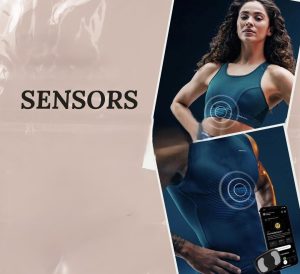
Image by: Yandex.com
Beyond health, smart fashion technology allows for interactive, changing styles. Some smart garments glow in response to sound, others shift patterns via smartphone.
Designers are working with tech firms to create clothes that reflect emotion, adapt to events, or even help people with anxiety through calming vibrations. This opens up fashion to a new level of personalization.
Challenges of Smart Clothing
Smart clothing is helpful, but it also has some problems. One big issue is cost. Smart clothes are more expensive than regular clothes, so not everyone can buy them. Washing smart clothing can also be tricky. They have electronics inside, so you must clean them carefully. Another worry is data privacy. Smart clothes collect your health information, so keeping this data safe is important. Also, smart clothing is still very new. Some brands don’t work as well as others, and not all clothes are accurate. These problems must be solved before more people can fully enjoy smart clothing.
The Future of Smart Clothing
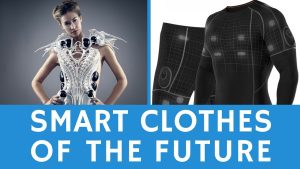
Image by: Yandex.com
The future of smart clothing looks exciting. As technology improves, these clothes will become even smarter and more comfortable. We may see clothes that can check blood pressure, stress levels, or even give early health warnings. Smart clothing might also become more stylish, so people can wear it to work or events without it looking like sportswear. Prices may also go down, making it easier for more people to buy. In the future, smart clothes could be a normal part of everyone’s wardrobe helping them stay healthy while looking good at the same time.
Comparative Table: Smart Clothing Capabilities by Category
| Clothing Type | Main Function | Common Features | Best Use Case |
| Fitness Apparel | Health & performance | Heart monitor, calorie counter, sweat tracker | Gym training, sports |
| Yoga Wear | Posture correction | Motion sensors, vibration alerts | Yoga practice, flexibility training |
| Outerwear Jackets | Environmental control | Heat adjustment, gesture control | Outdoor activity, commuting |
| Sleepwear | Sleep quality improvement | Sleep cycle monitor, breathing pattern sensor | Insomnia management, deep sleep goals |
| Everyday Fashion | Style & feedback | LED panels, mood response, NFC chips | Events, interactive design |
Conclusion
Smart clothing is more than a tech trend it’s a lifestyle upgrade. These garments track your health, offer comfort, and make fashion interactive. Whether you want to improve your posture, monitor your vitals, or wear a mood-changing shirt, smart clothing in 2025 has a solution.
As more brands invest in this space, we’ll see more options, better designs, and wider use. With smart clothing, you’re not just wearing fashion you’re wearing function. It’s time to make your wardrobe work smarter.







